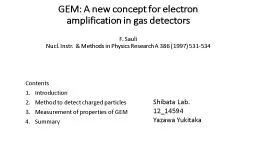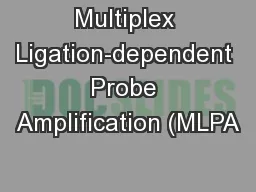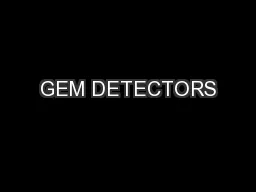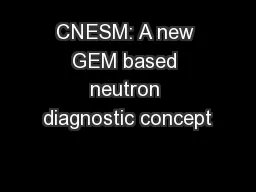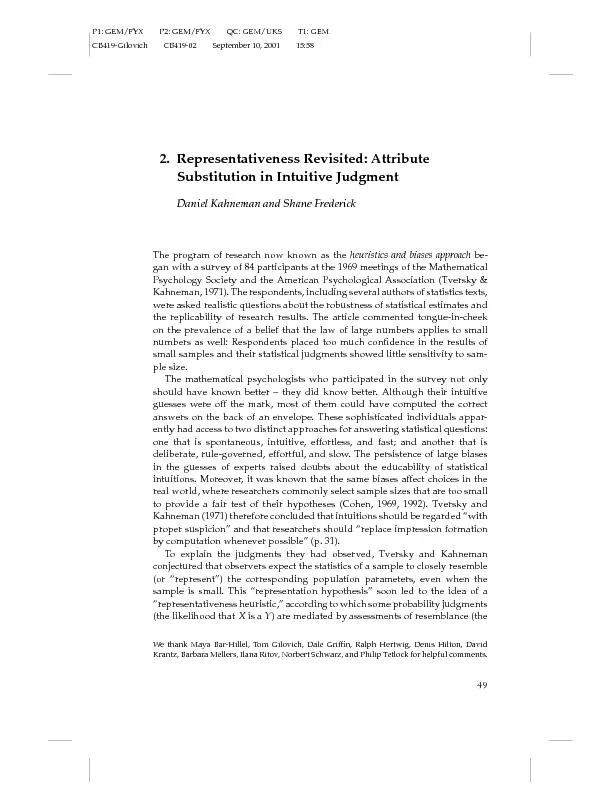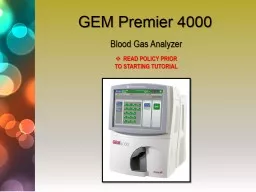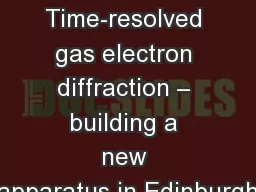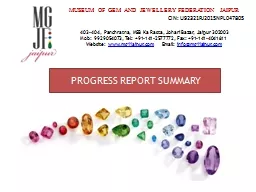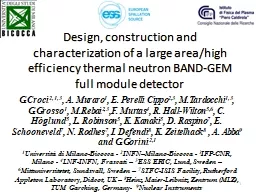PPT-GEM: A new concept for electron amplification in gas detect
Author : lois-ondreau | Published Date : 2016-09-02
Contents Introduction Twostep amplification MWPC combined with GEM Measurement of property of GEM Outlook Summary F Sauli Nucl Instr amp Methods in Physics
Presentation Embed Code
Download Presentation
Download Presentation The PPT/PDF document "GEM: A new concept for electron amplific..." is the property of its rightful owner. Permission is granted to download and print the materials on this website for personal, non-commercial use only, and to display it on your personal computer provided you do not modify the materials and that you retain all copyright notices contained in the materials. By downloading content from our website, you accept the terms of this agreement.
GEM: A new concept for electron amplification in gas detect: Transcript
Download Rules Of Document
"GEM: A new concept for electron amplification in gas detect"The content belongs to its owner. You may download and print it for personal use, without modification, and keep all copyright notices. By downloading, you agree to these terms.
Related Documents

